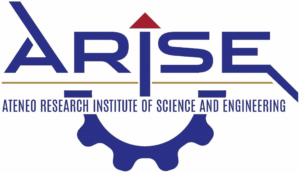
Department of Biology
The Philippines is one of the most biodiverse countries in the world, having an astounding number of species of wild plants and animals, many of which are found only in the country. But with this considerable biodiversity comes one of the most significant threats to it: the illegal wildlife trade (IWT). IWT is a multi-million-dollar international industry that threatens animals in the wild by extracting them from their habitats and selling them for various purposes, including food, medicine, and to be kept as pets.
The Philippines is a source, destination, and transit point for IWT, with wildlife being transported over air, water, and land. It is thus critical to come up with strategies guided by existing data on the actual trade, which exists but is incomplete and has not been properly consolidated.
This research gathers historical data from the Spanish colonial period to the present, drawing information from primary historical texts, local government databases, and the records of the Convention on International Trade in Endangered Species of Wild Fauna and Flora (CITES). As expected, many species of birds, mammals, reptiles, and insects have been exploited for hundreds of years but are not afforded as much protection by local and international regulations. But invertebrates like sea cucumbers have also been extracted from the wild since the 1500s. Sea cucumbers are among many marine organisms illegally captured from Philippine waters by vessels from foreign countries, thereby necessitating the development of predictive models for the apprehension of vessels carrying wildlife. IWT has also gone virtual; social platforms like Facebook are replete with pages where wildlife can be purchased. Based on a survey conducted among online sellers and buyers, the
main attraction to this mode of transaction is the convenience (i.e. ease of transaction and wide variety of species) and not fear of arrest, which speaks of the lack of enforcement of existing wildlife protection laws. All of these, among many other factors, allow the creation of a Theory of Change framework that aligns data and strategic interventions toward mitigation of IWT in the Philippines.
Published paper
Cruz RAL, Kumar V, Ragaza JA. 2018. Farming for the future: Exploring the potential of aquaculture as wildlife farming. World Aquaculture 49:46-52.
